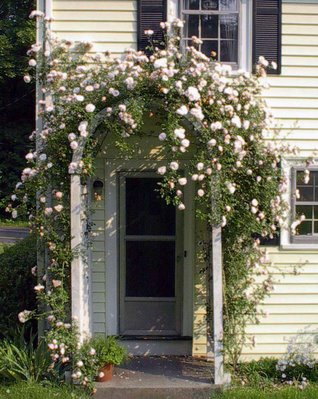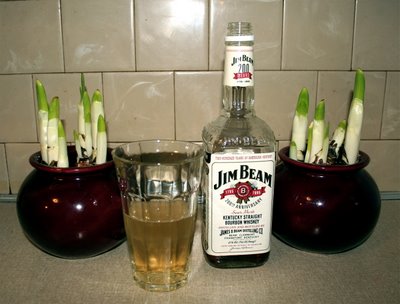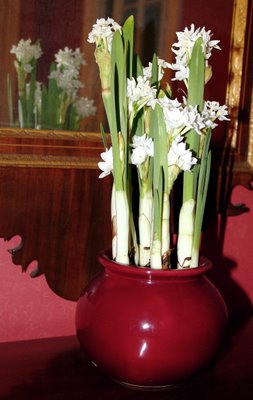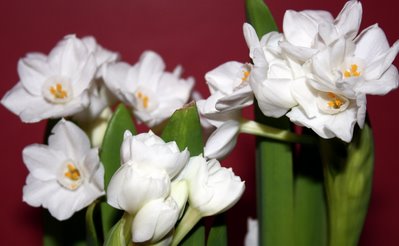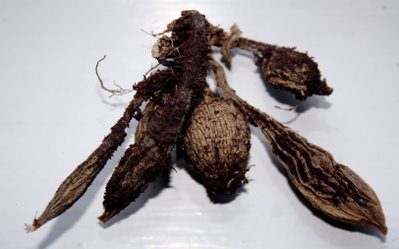
These tubers' withered appearance sent me running to learn more about the world of dahlias . . . and what a vertiginous world it is! Dahlias in all shapes, sizes, and colors: flowers as large as a dinner plate or as small as a golf ball; blooms with exploding needle-like petals or rolled in a tight pompom; reds, pinks, yellows, and every color combination!
Overwhelmed by the factorial number of choices, I knew that I needed some hands-on learning: more dahlias will join the yellow- and pink-flowering plants that I'm hoping to return to the new side bed this spring. But which variety?
I started looking for a dahlia that blooms small but not too small ("Nicole C") . . . and that's orange, but not too orange ("Andrie's Orange") . . . and a little coral but not too coral ("Hamiton Lillian") . . . with color that's saturated but not too saturated--and, please, not too loosely petaled ("Baron Kati") . . .
I finally settled on an award winner ("Rose Toscano" from Lobaugh's Dahlias) . . .

But its shape seemed somewhat boring--too much like a zinnia--so I've added another ("Snickerdoodle" from Swan Islands Dahlias) with a more spirited presence . . .
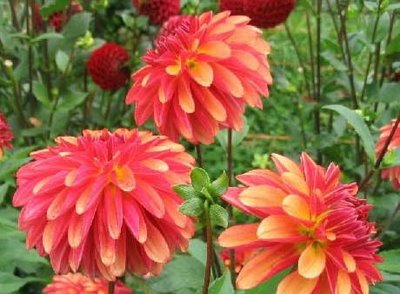
. . . and then I caught sight of the sweetest little flower ("Matthew Juul," also from Lobaugh's Dahlias) and had to have that, too . . .
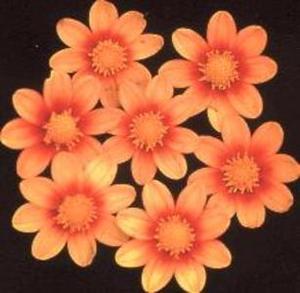
Happily, a single plant--or two or three--casts a tiny ripple in the vast ocean of dahlia varieties, so there will be many more to sample in the future.
